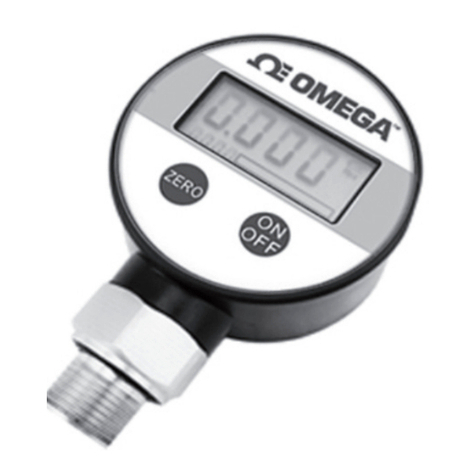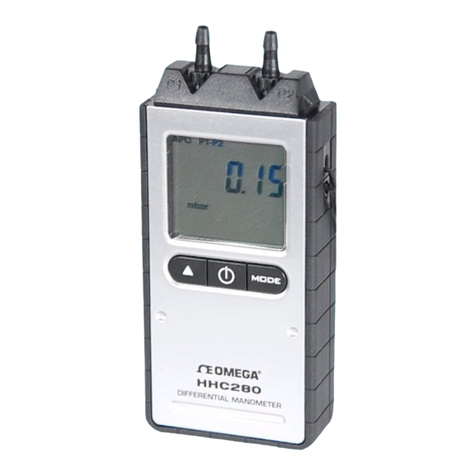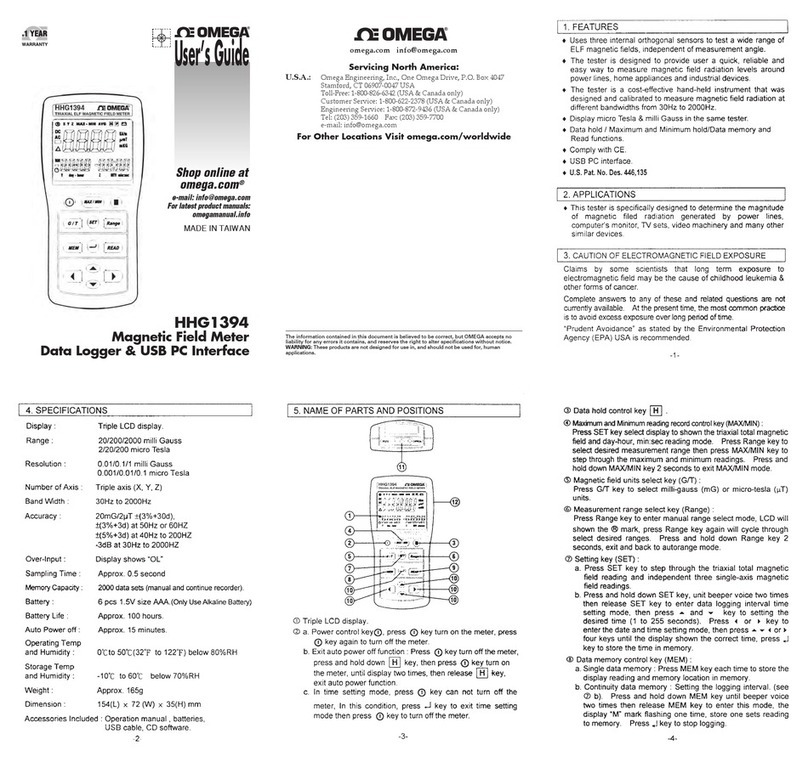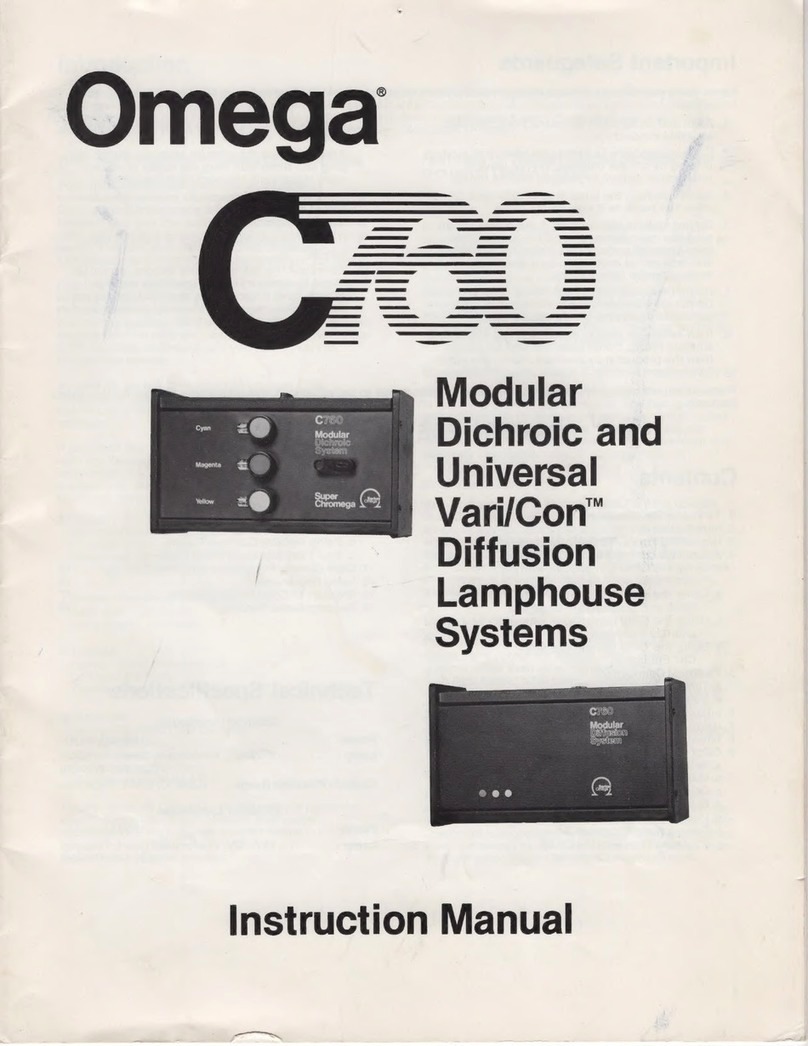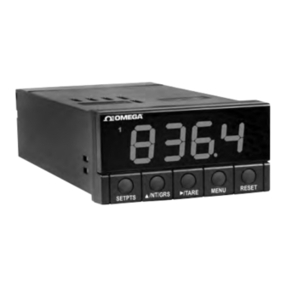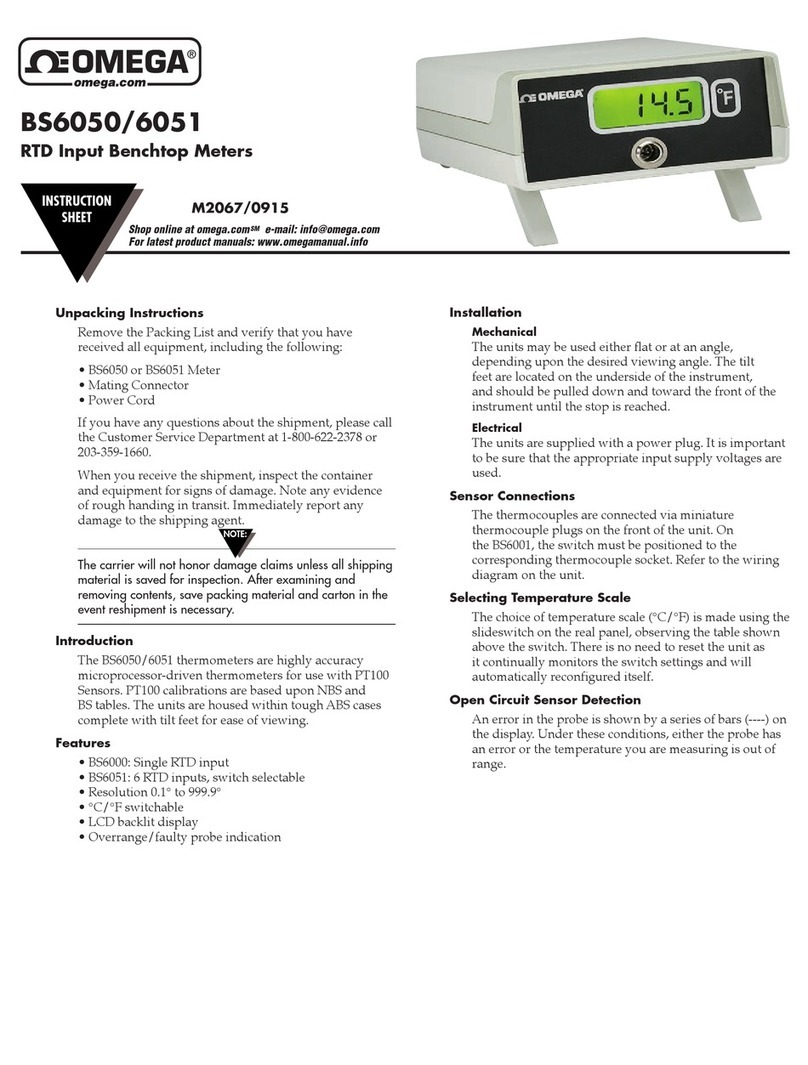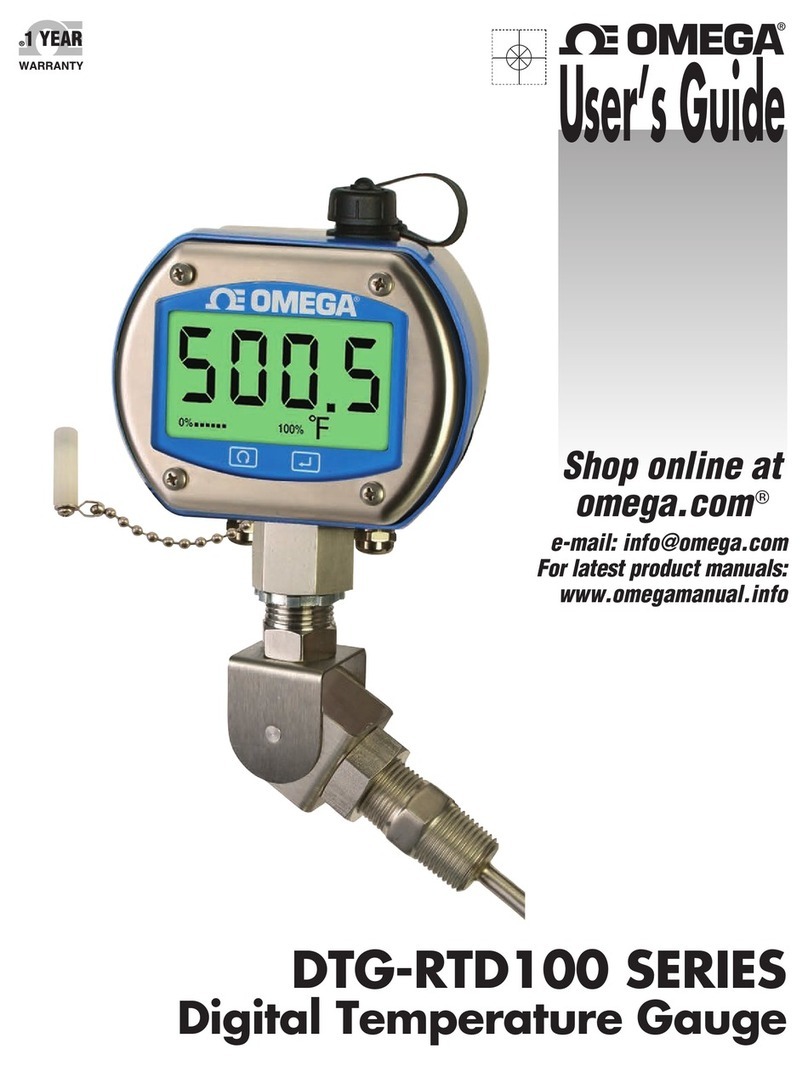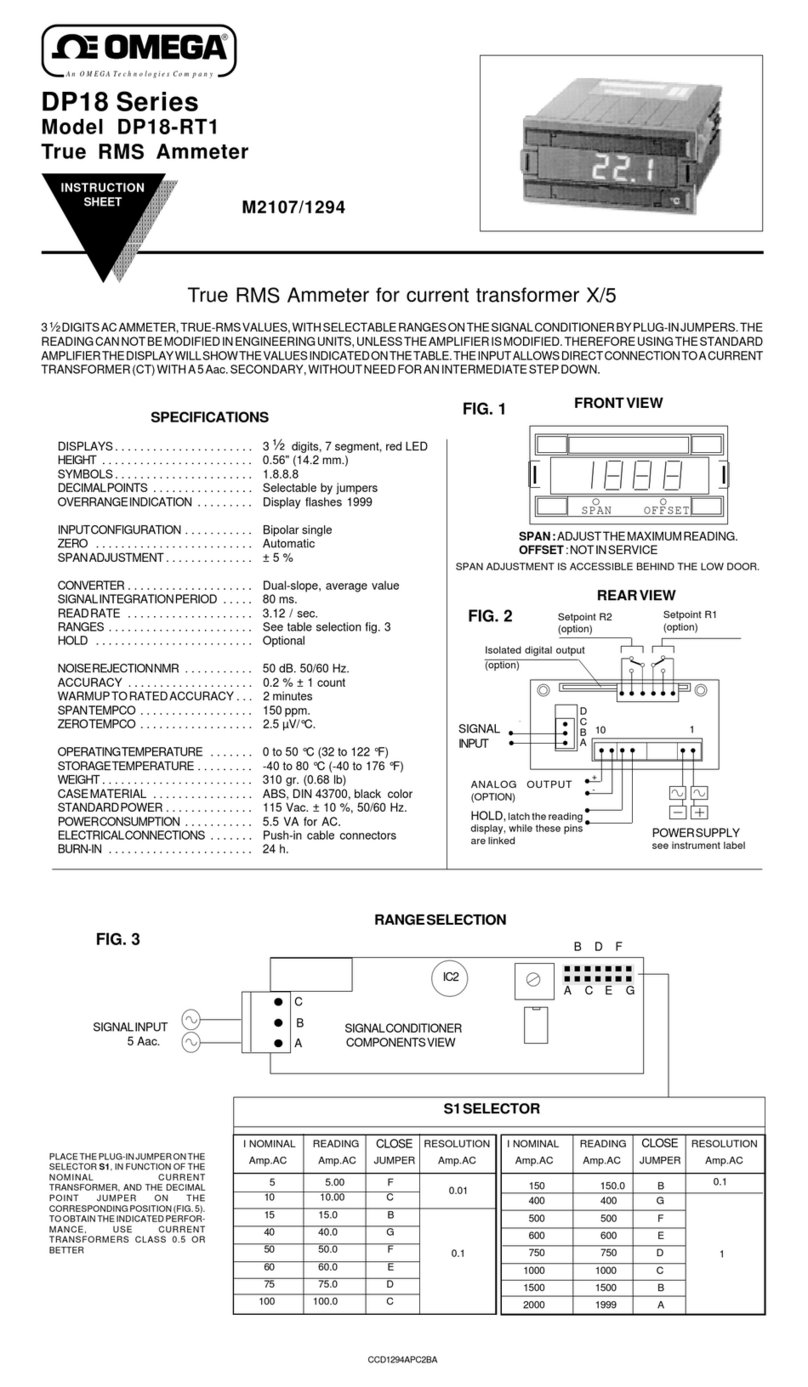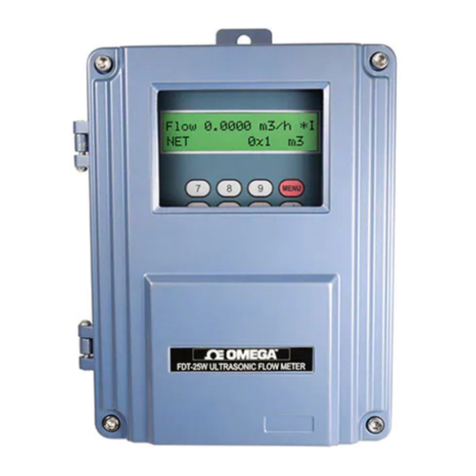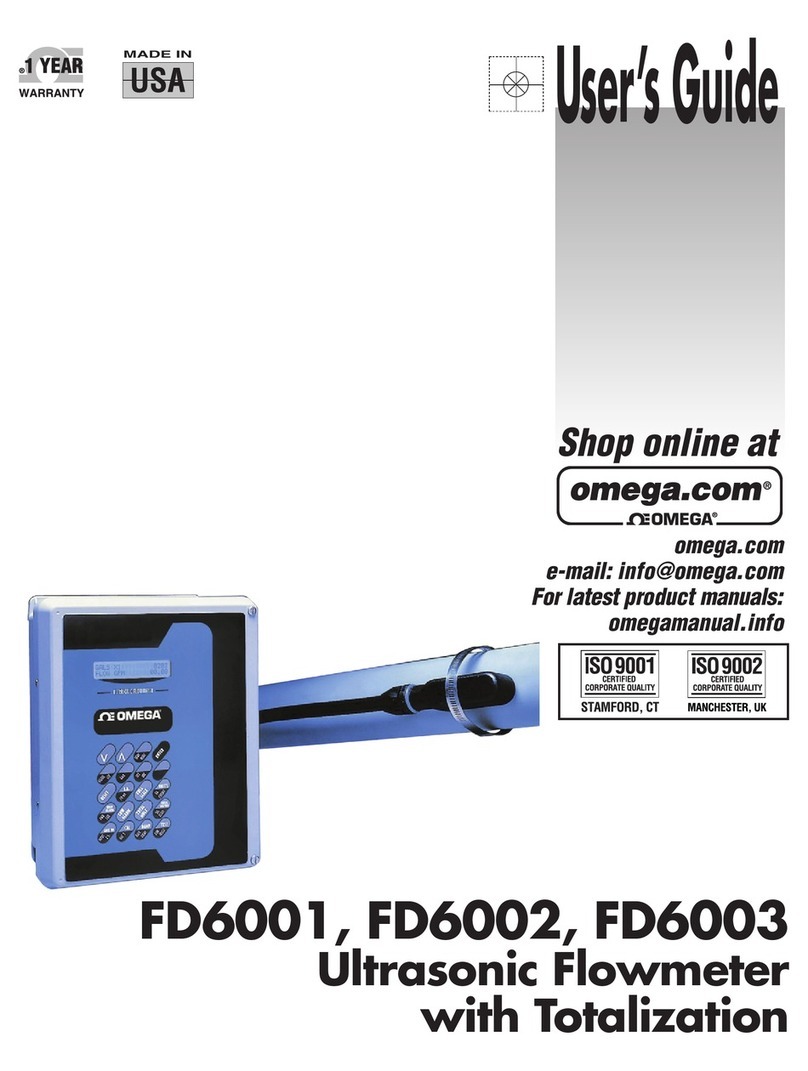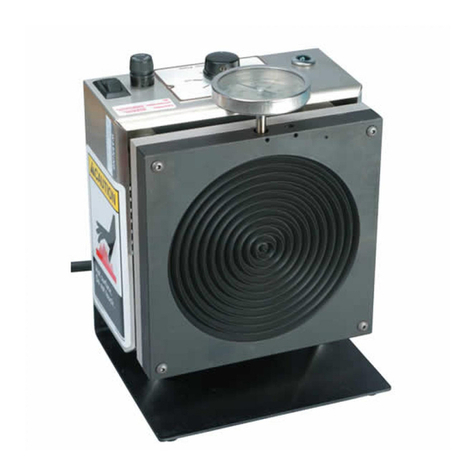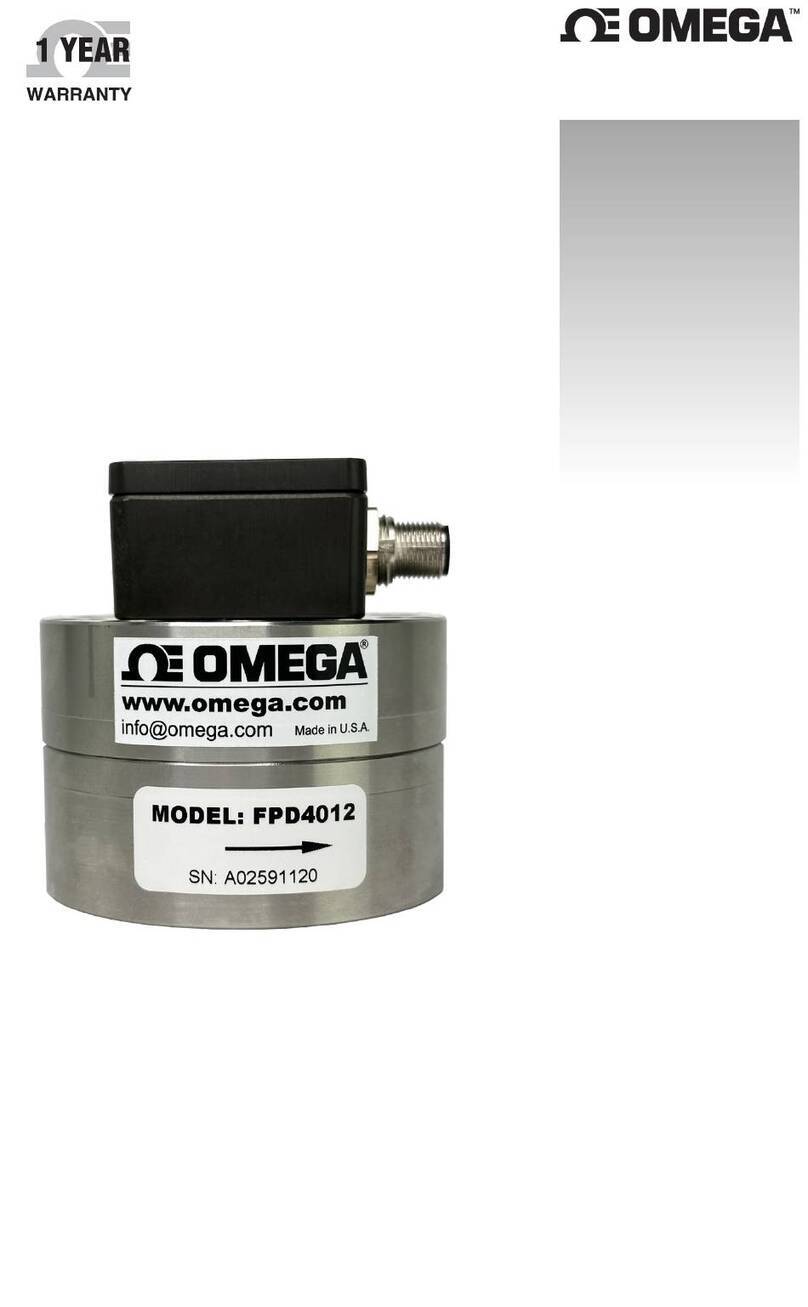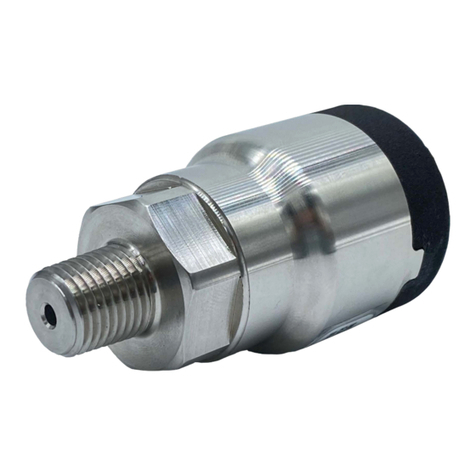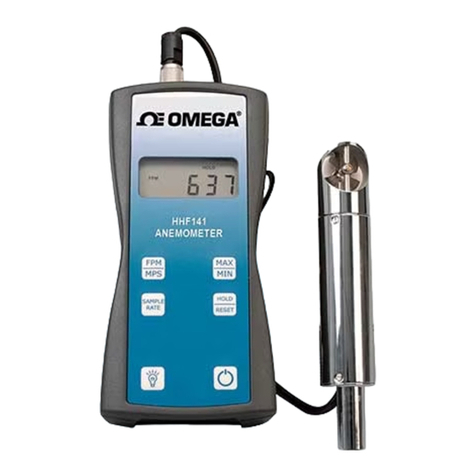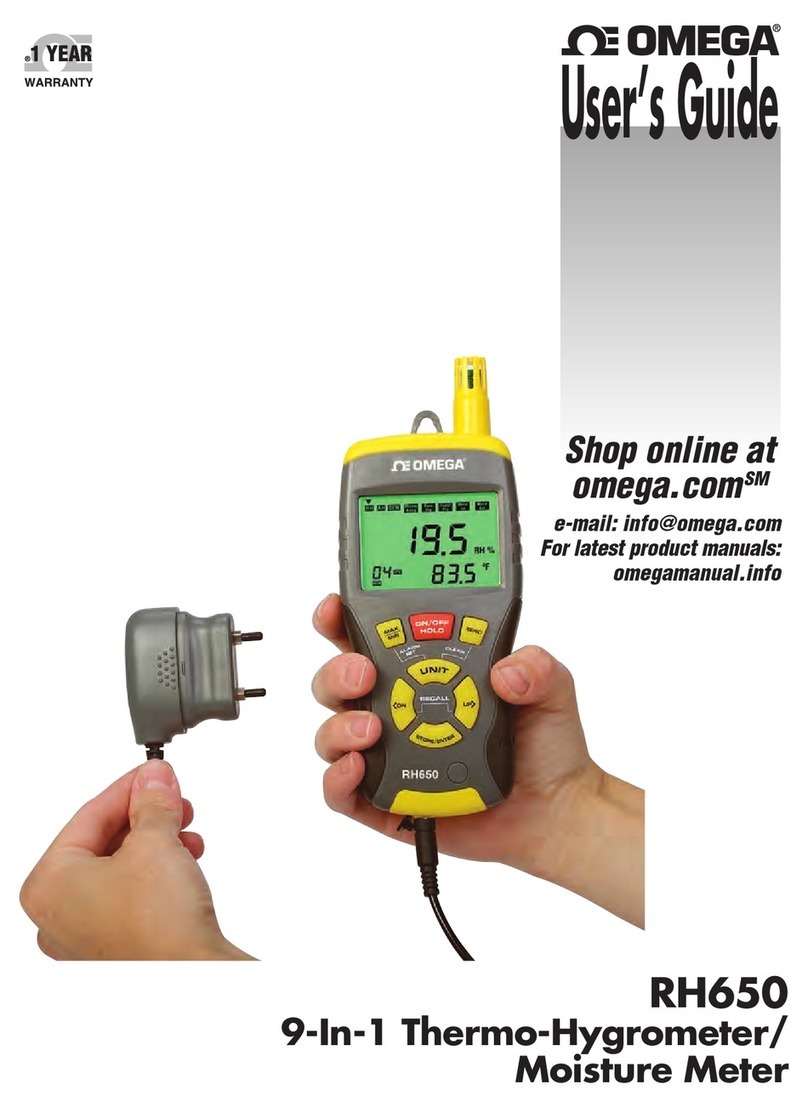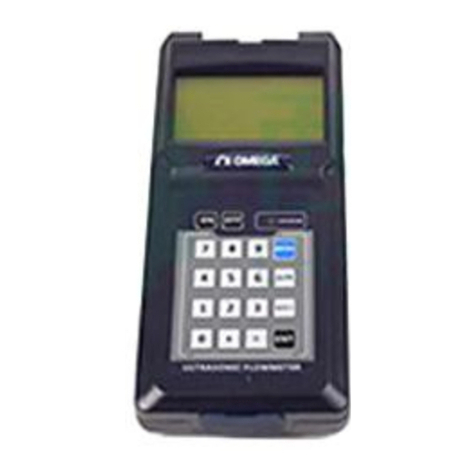1. Economical mulsignal meter DP20
⅛ DIN Economical Mulsignal panel meter for Process, Temperature and Electrical measurements
Economical mulsignal digital panel meter in
⅛
DIN size for panel
mount, and a wide range of applicaons. Accepts AC and DC voltage
signals from mV up to 600 V and currents up to 5 A (AC measures
in True RMS), process signals (mA and Vdc) with excitaon voltage
included, thermocouples K, J, E, N, L, R, S, B, T and C, resisve
temperature probes (Pt100, Pt500, Pt1000, Ni100, Ni200, Ni1000,
PTC and NTC), resistances, potenometers and frequency. Scalable
reading with 4 digits up to 9999 / -1999 with congurable decimal
point. Two independent alarms, congurable as maximum or
minimum, with hysteresis and setpoint.
Oponal 1 or 2 relay outputs, 4/20 mA isolated analog output, and
Modbus RTU isolated serial communicaons.
Front protecon IP65. Connecons with plug-in screw terminals.
Index
1. Panel meter DP20 . . . . . . . . . . . . . . . . . . . . . . . . . .4
1.1 How to order . . . . . . . . . . . . . . . . . . . . . . . . . . .4
1.2 Front view . . . . . . . . . . . . . . . . . . . . . . . . . . . . . 5
1.3 Rear view . . . . . . . . . . . . . . . . . . . . . . . . . . . . .5
1.4 Power connecons . . . . . . . . . . . . . . . . . . . . . . . . 5
1.5 Signal connecons . . . . . . . . . . . . . . . . . . . . . . . . 5
1.6 Mechanical dimensions (mm) . . . . . . . . . . . . . . . . . . 5
1.7 Measuring Installaon and start-up. . . . . . . . . . . . . . . 5
1.8 Technical specicaons . . . . . . . . . . . . . . . . . . . . .6
1.9 Internal jumpers . . . . . . . . . . . . . . . . . . . . . . . . .7
1.10 Measuring AC voltages and AC currents. . . . . . . . . . . . 8
1.11 Measuring DC voltages and DC currents . . . . . . . . . . .9
1.12 Measuring thermocouples . . . . . . . . . . . . . . . . . . 10
1.13 Measuring with Pt and Ni probes . . . . . . . . . . . . . . 11
1.14 Measuring with NTC probes . . . . . . . . . . . . . . . . . 12
1.15 Measuring with PTC probes . . . . . . . . . . . . . . . . . 12
1.16 Process measures . . . . . . . . . . . . . . . . . . . . . . . 13
1.17 Measuring frequency . . . . . . . . . . . . . . . . . . . . . 13
1.18 Measures of resistance . . . . . . . . . . . . . . . . . . . . 14
1.19 Measures of potenometers . . . . . . . . . . . . . . . . . 14
1.20 ‘Fast access’ menu . . . . . . . . . . . . . . . . . . . . . . 15
1.21 Scaling . . . . . . . . . . . . . . . . . . . . . . . . . . . . . 15
1.22 Oset reading . . . . . . . . . . . . . . . . . . . . . . . . . 15
1.23 ‘Eco’ mode . . . . . . . . . . . . . . . . . . . . . . . . . . . 15
1.24 External control . . . . . . . . . . . . . . . . . . . . . . . . 15
1.25 Second scaling . . . . . . . . . . . . . . . . . . . . . . . . . 15
1.26 To open the instrument. . . . . . . . . . . . . . . . . . . . 16
1.27 How to operate the menus. . . . . . . . . . . . . . . . . . 17
1.28 Messages and errors . . . . . . . . . . . . . . . . . . . . . 17
1.29 Conguraon menu. . . . . . . . . . . . . . . . . . . . . . 18
1.29.1 Input signal ranges . . . . . . . . . . . . . . . . . . . . 18
1.29.2 Scaling . . . . . . . . . . . . . . . . . . . . . . . . . . . 19
1.29.3 Alarms . . . . . . . . . . . . . . . . . . . . . . . . . . . 19
1.29.4 Fast access . . . . . . . . . . . . . . . . . . . . . . . . . 20
1.29.5 Super fast access . . . . . . . . . . . . . . . . . . . . . 20
1.29.6 External control . . . . . . . . . . . . . . . . . . . . . . 20
1.29.7 Menu ‘Tools’ . . . . . . . . . . . . . . . . . . . . . . . . 21
1.29.8 Conguring the opons . . . . . . . . . . . . . . . . . . 23
1.30 Full conguraon menu . . . . . . . . . . . . . . . . . . . 24
1.31 Precauons on installaon . . . . . . . . . . . . . . . . . . 27
1.32 Factory conguraon . . . . . . . . . . . . . . . . . . . . . 27
2. Output and control modules . . . . . . . . . . . . . . . . . . . 28
2.1 Modules A1 and A2 (relay out
put). . . . . . . . . . . . . . . . . . . 28
2.2 Module M1 (analog output) . . . . . . . . . . . . . . . . . . 28
2.3 Module S1 (Modbus RTU) . . . . . . . . . . . . . . . . . . . 29
Instrument designed for industrial use, highly exible, allows for
integraon in mulple applicaons, reduced cost, excellent quality
and oponal customizaon available.
• ‘Fast access’ menu at front key UP (5) congurable for fast access
to alarm setpoints (see secon 1.19).
• ‘Eco’ mode reduces power consumpon
(see secon 1.22).
• Simplied scaling conguraon (see secon 1.20).
• Funcon ‘external control’ to acvate with a contact a predened
funcon (second scaling, decimal point, reading “hold”, “tare,“
memory of maximum or minimum) (see secon 1.23).
• 5 congurable brightness levels (see secon 1.28.7).
1.1 How to order
DP20
Model
-
Opon 1
-A1 (1 relay)
-M1(analog output)
-S1 (Modbus RTU)
-(empty)
-
Opon 2
-A2 (1 relay)
-(empty)

